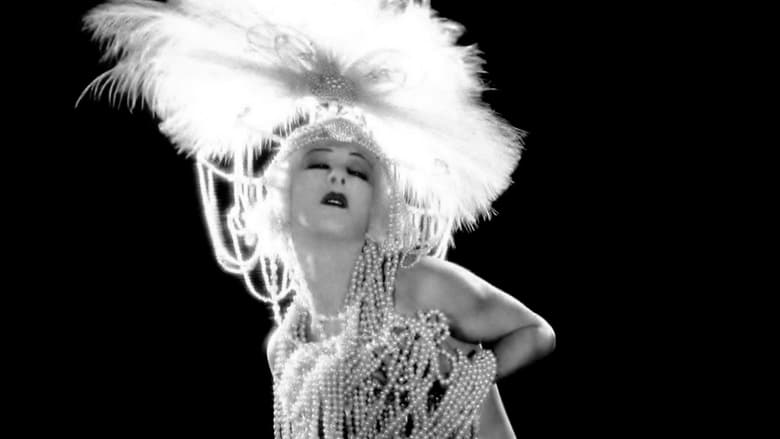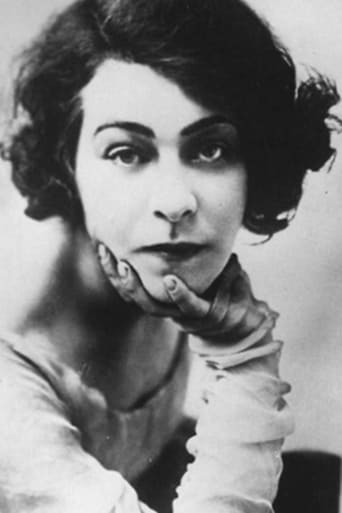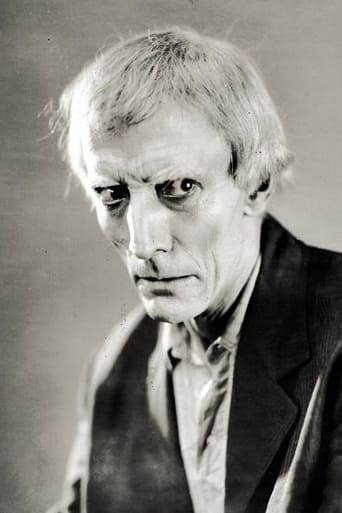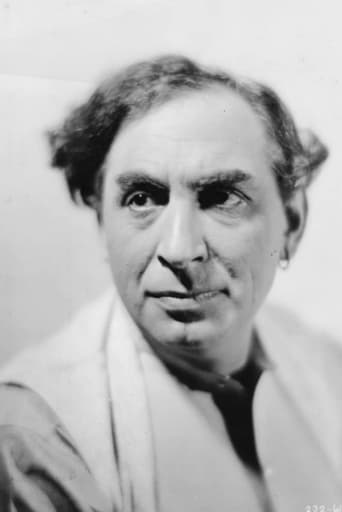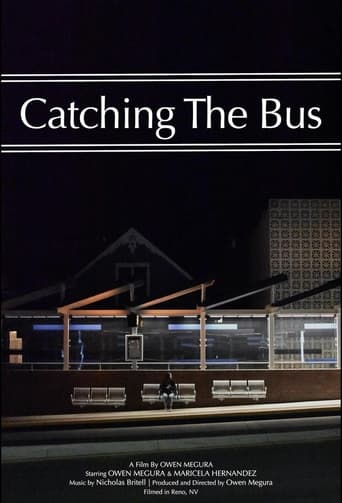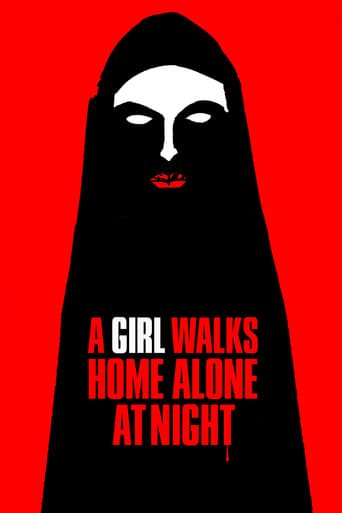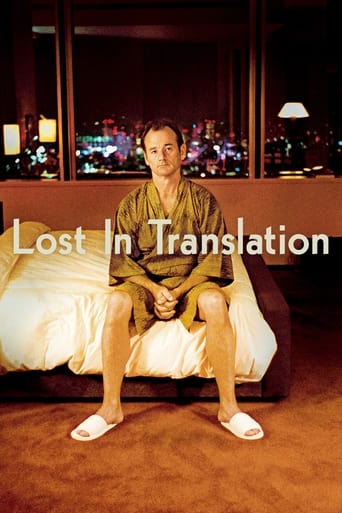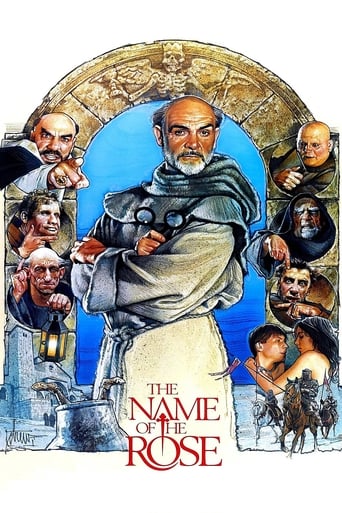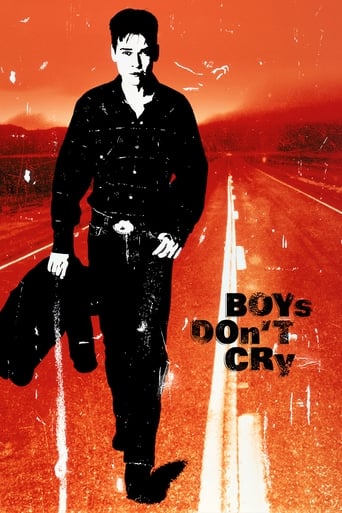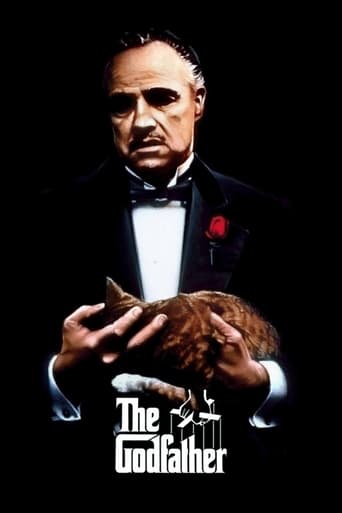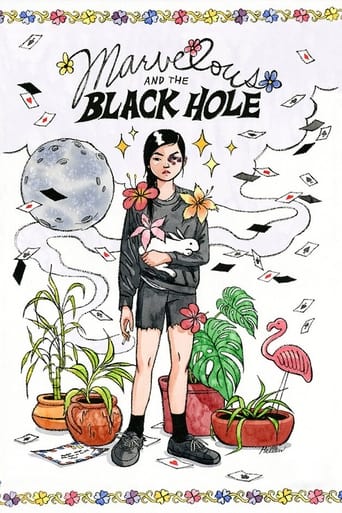Salomé (1922)
Based on Oscar Wilde's play, the films tells the story of how Salomé agrees to dance for King Herod in return for the head of John the Baptist.
Watch Trailer
Free Trial Channels
Cast


Similar titles
Reviews
One of my all time favorites.
At first rather annoying in its heavy emphasis on reenactments, this movie ultimately proves fascinating, simply because the complicated, highly dramatic tale it tells still almost defies belief.
Excellent characters with emotional depth. My wife, daughter and granddaughter all enjoyed it...and me, too! Very good movie! You won't be disappointed.
Great movie. Not sure what people expected but I found it highly entertaining.
The legendary Nazimova's great labor of love. From the Oscar Wilde play, sometimes banned for obscenity. Sets and costumes based on Aubrey Beardsley's decadent illustrations for the published Wilde script. Rumored for years that every single performer in the film is gay. I like to think it's true.Worth multiple viewings -- layers of fine art and design, camp, literary pedigree, real drama, theater history, etc. One understands from a film like this how that stagy old-style of melodramatic pantomime, tableaux vivants, etc. works as long as you are consistent with a clear vision.
Alla Nazimova in the silent "Salome" at the Bird's Eye View Festival, National Film Theatre:The film and accompaniment were much more enjoyable than I'd been expecting -- both from what I'd heard of it and, alas, from last year's precedent of female performers... I can see why it has been described as too long: the whole thing is more operatic than filmic, and I do remember marvelling even at the time over the way that a single line in the Bible story -- "Bring me the head of John the Baptist!" -- is strung out over half-a-dozen shots before the detail of what Salome wants is even disclosed. Never mind the fact that it's repeated five or six times at great length before she actually gets Herod to agree...But the key to "Salome" is Aubrey Beardsley; apparently Nazimova deliberately set out to create a work of art based on the Beardsley illustrations to Oscar Wilde's play "Salome". As the lady who did the introduction told us: sometimes it's a bit too obvious that the director is more interested in reproducing the original illustrated poses than in any kind of dramatic plausibility!Now, I don't *know* the drawings for Wilde's "Salome", and even so I could recognise the inimitable Beardsley style. If her main concern was trying to animate the drawings, it's a brilliant job... But I found it quite compelling as an experience as well.Really it isn't a true silent film at all: it starts off with about six screens of pure text, for heaven's sake! It's a series of tableaux illustrating each utterance as it's given -- more like a ballet than a piece of cinema, only easier to follow the plot of... It's pure spectacle, with a cast of grotesques (the only one I didn't take to was the implausibly hairy Herodias -- I can guess at the sort of illustration that was supposed to echo, but that sort of hair just looks messy in photographs, as opposed to being delineated in wave after wave of close-drawn lines).But it didn't strike me as too long at all, and that was on account of the music. It was the sort of thing I'd never encounter normally, let alone choose to listen to -- just as I'd never normally subject myself to a heavily stylised, 'arty' film whose acting is about as artificial as it gets. ("Salome" is about as naturalistic as "Beyond the Rocks"... but it's so far over the top that it gets away with it, whereas the Swanson/Valentino picture just sags.) The performer was a young Indian-looking woman credited only as "Bishi", with an impressively long list of achievements and venues which meant nothing at all to me -- evidently we move in quite separate worlds. Her costume resembled that of Herodias, while her golden hairpiece would not have appeared amiss within the film itself.The music was a 'fusion' of sitar, electronica, live percussion, quarter-tone-sounding vocals and simple Western-style melodic lines to the song; quite indescribable and very alien and exotic to my ears. But for this queer off-beat decadent style it worked amazingly well: unsettling and beautiful in equal measure. Even snatches of English lyric over the action -- let alone over the intertitles! -- worked: the words she was singing were no part of the words on screen, and yet they formed an extra dimension describing the characters, and returned and fitted later, linking back. It was uncanny. During those long, long shots you were sitting there absorbed in the music, and the music and the images fed on one another...Casting was good. Herod was a loose-lipped tyrant weakling reminiscent of Charles Laughton's later Henry VIII; Nazimova is a tiny slip of a thing who can pass as a child (she must have been pushing forty when she made this, surely?); Jokanaan is an incredible beaky emaciated charismatic, wild and ugly and yet believable as an object of lust. Herodias I didn't care for (and the music didn't work so well where moments of comedy were intended).Costumes and make-up are... so far over the top as to be an art in themselves. Again, the reference is clearly Beardsley. We don't get to see the severed head, which is a bit surprising -- it's usually the pièce de résistance of the special effects department -- but probably a wise decision, as the idea of kissing one of those smeared drained mutton-like objects is always deeply unalluring! The image of blood seeping over the moon, on the other hand, is uncanny.Apparently the American press were deeply suspicious of the film on its release, while the English press said it was Great Art... "Salome" is far too static and wordy to be a feature film in the terms of 1923: it's verging on being experimental art (Nazimova supposedly thought of it in terms of a Russian ballet). But in combination with the music of Bishi it's a mesmerising experience unlike any normal cinematic entertainment. I found it still a little stilted at times ("thou rejectedst me"!?) but in its own terms very largely successful.If I'd known what I was getting into, I shouldn't have gone. But I'm certainly glad that I did!
When reading viewer comments on this forum, I often wonder if they and I have seen the same film. What did the people (there are a few) who liked almost two hours of this nonsense see that I didn't?In 1923, when Nazimova made this, Art Nouveau and Victorian Decadence were over, over, over, but she pushed ahead anyway. You can blame Middle American socially conservative values for the failure of the project, but I would say that there are plenty of other reasons that "Salome, The Movie" tanked: posturing instead of acting, declarations instead of dialog, buffoonery (Herod and Herodias) paired with painful sincerity (everybody else) and not quite meshing, a really bad dance number from Nazimova, and the overwhelming sense of self-importance that pervades the entire production. Then there are the absurdities. The Captain of the Guard kills himself because he can't stand the idea that Salome might love someone else. Okay, a bit over the top, but acceptable in a piece of fiction. However, it's absurd to have the character portrayed as (or by) someone who clearly never had any erotic interest in women. Ditto for showing John the Baptist first tempted by Salome and then rejecting her on moral grounds, when either the actor or the portrayal is of someone with the same sexual orientation as the Captain of the Guard. A one-line review might state: they all stay in character and take themselves very seriously. In this movie, that's not a good thing.The credits give a nod to the Aubrey Beardsley illustrations as the basis of the costume design. I think there's more to it than that: Nazimova used the Wilde libretto as a framework for the action, but I think she was really trying to bring the Beardsley illustrations to the screen with herself as the center of attention. Give Middle America a little credit for at least a modicum of good taste. This is not artistry -- this is narcissism.And by the way, one post here suggests that Fellini drew on this film for inspiration. Perhaps, but I see the lines of inspiration going from Herod, as portrayed here, to Harpo Marx, whom Herod very much resembles, and from Herodias to Ma Kettle.
If you enjoy recent independent films and you are not threatened by silent films, then "Salome" is a film you need to watch at least once. It bears small relationship to Wilde's original work, since Wilde worked in language and the film is, of course, limited to title cards. But it was (and remains) an interesting experiment that stands up well with many other silent classics. The camera work is pretty pedestrian and the performances are typical for that era, but the costuming and sets are fairly daring.Nazimova really pulls it off as the 14-year-old Salome, though Mitchell Lewis and Rose Dione don't fare as well. The supporting actors are quite good as they ham it up. (Between the costuming and the mincing portrayals, this is about the "gayest" film prior to "Priscilla, Queen of the Desert".) It's been 85 years since this film was produced and I have yet to see a better light-bulbs-in-the-hair do than Salome's. You really have to give Rambova (and Beardsley) credit for their vision.As for the story...you guessed it: John the Baptist dies.Give this short silent flick a chance, if you have the opportunity.


